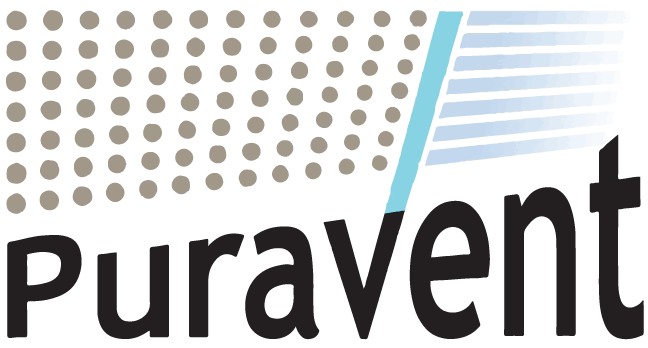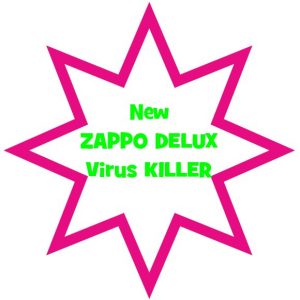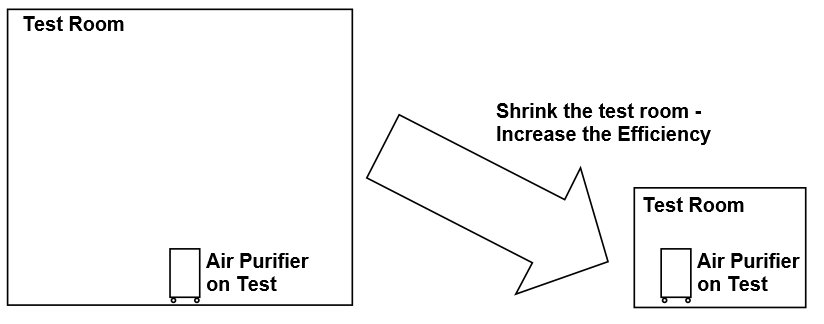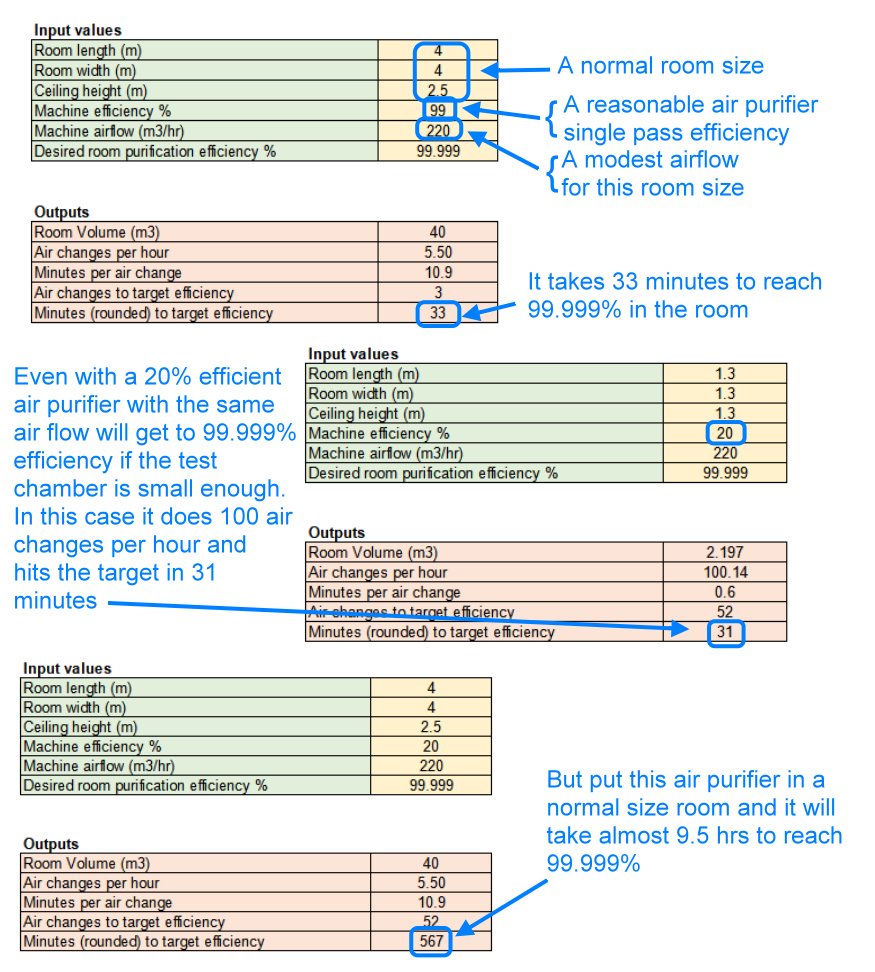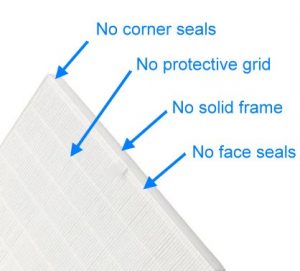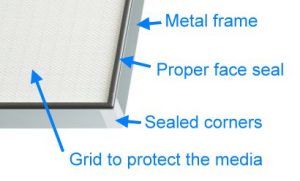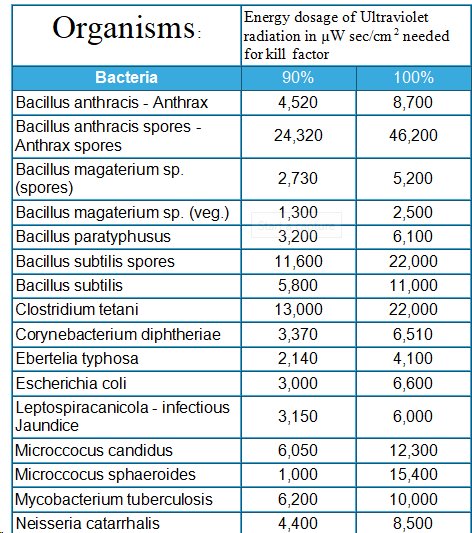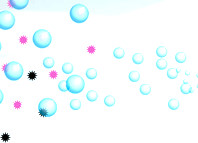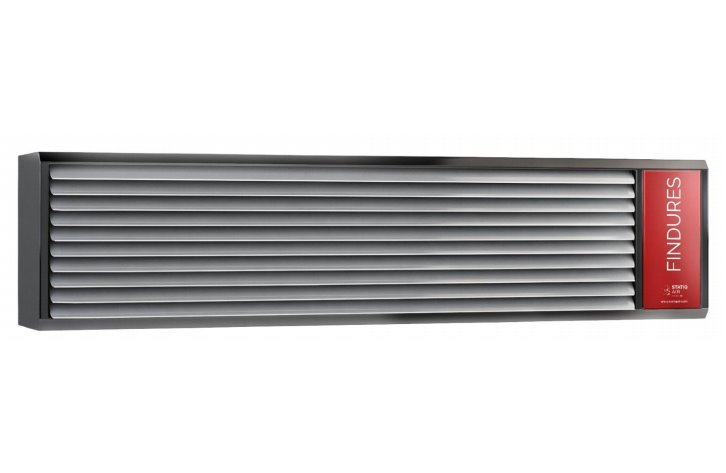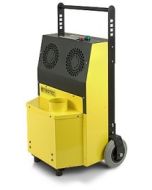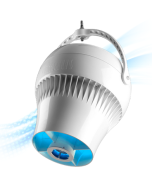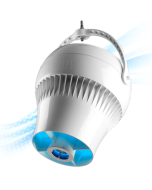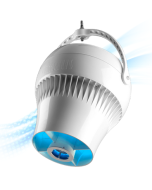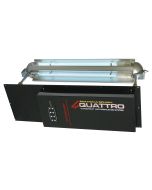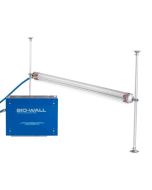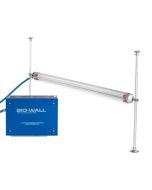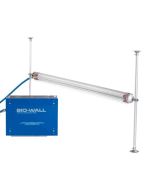Understanding Air Purifier Efficiency Claims
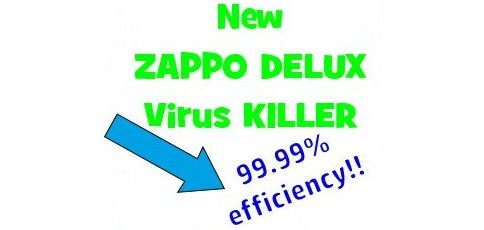
Introduction to the Air Purifier Efficiency Problem
Imagine you are looking for a new air purifier for your office to make it safer for staff to return to work after being on furlough. You are scanning the market to see which air purifier is going to be best for you but are faced with a bewildering choice with all sorts of claims about air purifier efficiency - lots of sellers claiming that their air purifier is 99.99% or 99.999% efficient against all air borne bugs or whatever.
In this Covid pandemic era, the problem is that there is currently a very keen but largely naive market. As in all markets there are two sides. On the supply side there are lots of new entrants pushing a stunning array of new air purifiers with fantastic efficiency claims and on the demand side are lots of customers clammering for the 'quick fix' - the easy answers to their problem. But the problem is that everyone is in a hurry and few people on either side of the market equation seem prepared to take a bit of time to look beyond the headline 'science bit' to really understand what they are selling or buying.
But you are different because you are reading a blog that will help you see beyond the hype.
Why Air Purifier Efficiency Is A Problem
So what do you assume when you see advert for an air purifier with a headline that says 99.999% efficient against germs including viruses? A safe bet is that most people will assume that it means that if 100 airborne germs including viruses get sucked in to the air purifier only 0.001 will emerge at the other end intact. The truth is that it might do. However, it is far more likely that it does not mean this at all.
What if we told you that an air purifier with 20% efficiency can easlily be headlined as a 99.999% efficient air purifer.
Shocking isnt it?
The problem is that you think you are buying an air purifier with a one pass efficiency of 99.999% whereas you could be getting an air purifier efficiency of 20% in one pass.
How The Air Purifier Efficiency 'Slight of Hand' Works
You take your air purifier and ask a friendly laboratory to conduct an air purifier efficiency test to the following outline method;
- Select a test chamber and place the air purifier inside.
- Release some easily measurable airborne virus in the chamber.
- Using an appropriate sampling technique measure the concentration of the target airborne virus.
- Run the air purifier for a time period period, say 15 minutes and then sample again. Repeat at say 30 minutes, 45 minutes, 60 minutes and so on.
- Compare the measured concentration at the start to the subsequent measured concentrations that were taken every 15 minutes
- Convert into percentile figures and present in a report.
The manufacturer or perhaps the enthusiastic importer will then likely pick up on the most flattering percentile figure and use it to decorate the product literature. Yes, a 20% efficient air purifier can be marketed as being 99.999% efficient. The basic trick to work the relationship between the air purifiers airflow and the size of the chamber that you put it in.
Until we developed our own calculator tool for crunching the numbers equating room size, an air purifiers efficiency and its air flow, we did not realise just how much it was possible to manipulate the performance. The simple maths is that the more times that the air in the chamber can be put through the air purifier over the test period, the greater the efficiency of the treatment of the air in the chamber. This is not a bad thing in itself and it actually can be made to demonstrate how important both the air purifier efficiency and its airflow are relative to the size of room that it is used in. But the problem is how the efficiency data is used.
Using some screen shots of our number cruncher to demonstrate how the trick works;
With a little creative economy in the explanation of how testing has been conducted it is very easy to peddle almost any air purifier as being as efficient as you like. Its only maths - pick a number!
Sadly even journalists conducting air purifier reviews and comparisons don't seem to understand this or expose the trick. The people who buyers look to for guidance often unwittingly misleading their audience.
So that is one little air purifier efficiency trick exposed - here is another.
Its Not Just An Air Purifier Efficiency Problem
First a bit of background information. In the wonderful world or air filtration when filters are manufactured to be sold into the market as a product in their own right say to be put inside an air handling unit or say a commercial fan filter unit, the filters are manufactured to very well recognised industry standards. So for example when a HEPA is described as a H14, you know exactly what it will do, which is according to EN1822 stop over 99.995% of particles that are the most penetrating particle size. I will spare you the detail about the technology and testing of such products, however, generally speaking you know what you are getting.
When air cleaners claim to have a HEPA filter there is a bit of a fiction at play.
The filters that are put into domestic and smaller commercial air cleaners are not HEPAs in the sense that they are tested and built to exacting industry standards. What is generally the case is that the filters claimed to be HEPA (typically with no grade mentioned) are in fact merely made with a low grade HEPA filter media.
The thing with HEPA filters is that their integrity as a filter depends on both the construction of the frame and the media. The quality of the media, the seal into the frame, the construction of the frame are all vital to ensure the efficient performance of the filter. The so called HEPA filters in the vast majority of air cleaners may be made using HEPA filter however the low quality frames and seals in typical air cleaner filters would guarantee that they would have no hope whatsoever of meeting any of the current or historical standards for HEPA filters.
But even if the air cleaner with the HEPA filter is not the 99.995% efficiency as perhaps claimed it will achieve this percentile performance in the room, over time in the same way the air purifier efficiency we discussed above. Again knowing the airflow through the air cleaner and room size are vital to understanding the performance in its application. The maths is the same.
Air Purifier Efficiency against all viruses and bacteria
We have already exposed the air purifier efficiency % problem but added to that there is often the statement that the claimed efficiency is against all 'bacteria' or all 'viruses' or even more generic, all 'germs'.
Sorry to be the bearer of bad news but this is also a load of tosh. For example there are thousands of different types of airborne bacteria, viruses and spores, and if the air purifier uses UVC as the deactivation mechanism then the efficiency that your air purifier will achieve on one type will inevitably be different from the efficiency against another type. And it is not as if these range of air purifier efficiency against these various types is small - actually it is a vast range.
To give you some idea of what I mean we have various tables which give the UVC dose required to achieve a particular efficiency of deactivation. The following is a small exert of the type of information I mean...
So lets say an air purifier is 100% efficient against Bacillus magaterium sp. (veg) delivering the fatal UVC dose of 2500mWsec/cm2. Yes that is great but will it be 100% against Bacillus anthracis spores which require 18.5 times the amount of UVC energy to achieve the same efficiency. Perhaps not.
This variance in the required dose level is why, when we are specifying the air purifier efficiency for equipment to be installed in air ducts, we always ask about the target organism. The answer can make a huge difference to the equipment specified.
Air Purifier Efficiency - A word to the wise.
Both purveyors of snake oil and and fools with money are as old as money itself. So do air purifiers kill all viruses to 99.999% efficiency?
Certainly not! But in the wild west that is the air purifier market there are plenty of sellers who will claim otherwise. Buyer beware.
If you need help with selecting an air purifier for your commercial or industrial application, call us on 01729 824108, or have a look though our range.
We can promise that the air purification equipment that we supply is not 99.999% efficient unless we can prove that it is.
Rant over.
